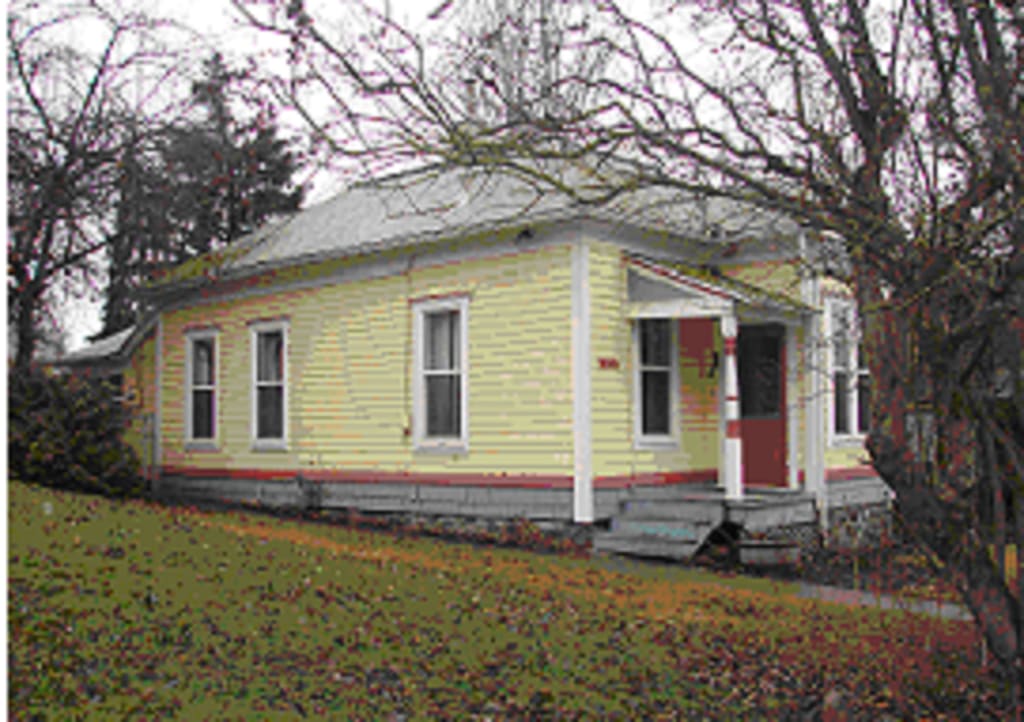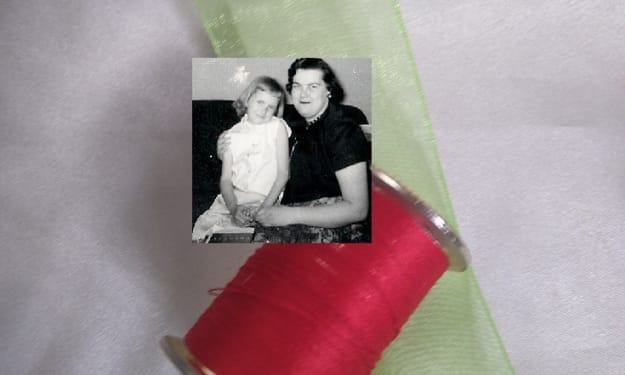Traditions Linking Cultures
How You Can Share a Unique Experience

My grandparent’s kitchen was the hub of their small house. Taking up a whole house end, it had an amazing-to-a-child trap door that led to a musty dirt-walled basement lined with shelves of canned peaches, and pears, dill pickles, apricot preserves and other assorted jellies and jams. The kitchen’s window looked out on a full city lot sized garden from which my Grandfather would emerge with corn to be husked, shiny fat pea pods to be shelled and other fresh food like my Grandmother’s favorite-turnip greens. By the time I was old enough to store memories, the wood and coal stove had given way to electric and the icebox was now a refrigerator, but my Grandmother still had eggs and cream delivered by a local farmer.
Every Christmas of my childhood was spent in this simple, inviting house in walking distance from my own. There were family traditions, often involving food. Christmas Eve was a buffet and always included my two favorite dishes, brown beans and ham bone and Grandma’s potato salad. We opened our presents that night and Christmas day was spent enjoying them and preparing a traditional feast of turkey, ham and all the trimmings.
One Christmas Eve tradition was a treat but always seemed a bit odd for my family. No one drank alcohol and milk was something had ice cold with a meal or plate of cookies. On that night every year, though, they made Tom and Jerry’s all around. A rare bottle of whiskey would appear for the adults and the kids would enjoy vanilla poured straight into the hot milk thickened with a powdered sugar and egg batter. A dusting of nutmeg gave it an exotic taste as it went down smooth and warm. I’d savor the smells of the nutmeg and vanilla and wonder why we had this yummy drink only once a year. It just didn’t occur to my family that the Christmas Eve tradition of this sweet, hot milk drink could be enjoyed at other times.
As an adult, I stayed close to middle class culinary roots and never tried hot milk drinks outside of a couple Christmas Eve attempts at Tom and Jerry’s. When coffee became a culture declaring basic drip passé, I began drinking mochas. The steaming hot milk and sweetness of chocolate brought memories of the creamy milk drink of my Christmas Eves. The presence of coffee, though, somehow made it different. But, it was comforting and exotic in a similar way. And, they even had freshly grated nutmeg on the counter.
When a new libation called Chai began appearing in coffee shops, not having been raised on tea, I had never developed a taste for it. I vaguely remember my Aunt Mame sipping tea from china cups, but she was an anomaly in my coffee-fanatic family. We had percolators that sat on stovetops with little glass toppers for a view of the perking brew. Dad had an odd-seeming habit from his farm family upbringing of adding a few eggshells in the coffee grounds to “take the bitterness out”. We were definitely coffee people. Even after retiring, my father kept the tradition of morning and afternoon coffee breaks, usually with a sweet treat, often pie.
As an adult, two women who had grown up in India became my close friends and offered to teach me to make some of their traditional dishes. Developing a taste for this cuisine opened my mind to food traditions other than the basic comfort foods of my youth. I was eager to try it all. I learned to make Tandoori marinades, vegetable dhals, meat and vegetable curries, rice-based pulaos, coconut sauces for fish, spicy chutneys and discovered a store that made heavenly garlic Nan bread to accompany the dishes.
One day a new acquaintance from Pakistan shared that his favorite food memory was the Chai his mother would always have for them. He offered to make it for me. Though concerned the element of tea would probably preclude my enjoyment of this libation, I looked forward to trying it. It used loose black tea that came in half-inch strings, not the powder filled tea bags that characterized, for me, a cup of tea. Into the boiling water went the tea, and then brown sugar, whole cloves, chunks of cinnamon sticks, and small rounds of fresh ginger. When the milk and cardamom powder were added to the boiling aromatic brew, it foamed up impressively. Then his Mom’s secret-several fifteen-second removals of the pot from the heat and reboiling.
The aromas grabbed me. This was clearly not the watery, tepid brown drink I thought of as tea. He strained it and poured me a steaming cup. I was in love. Cupping my hands around the mug I was transported to exotic lands and at the same time back to my Grandma’s kitchen on Christmas Eve. It was lightly sweet and creamy smooth. And, beyond the nutmeg and vanilla of my Tom and Jerry memories, its spice blend was exotic and yet comforting. How lucky he had been. He’d enjoyed this amazing treat year around. It was his favorite food memory; I’m sure in a similar way that I look back fondly on those Christmas Eve cups of hot sweet milk and nutmeg.
A Pakistani Mother's Treat for her Son
(These times have been so impersonal and lonely for many. Everytime I’ve put together the dry ingredients with the recipe in a small bag as a gift, it has been such a pleasant surprise and so appreciated. If you have a friend with more limited abilities you could make another part of the gift, time to make it with them and share time together enjoying the hot libation, maybe even reading them the story I've shared. If sending the ingredients and recipe to someone, you could share the link to my story of discovery.)
Makes 10 cups
Instructions:
6 cups water
4 cups milk
10 rounded teaspoons black tea (one per cup)
15 whole cloves (for ten cups he used 15, traditionally it’s two cloves per cup)
10-½ inch cinnamon sticks (one per cup tea)
10 teaspoons brown sugar (one per cup) or to taste
10 ¼ inch slices of 1” round fresh ginger, unpeeled (one per cup)
1 teaspoon cardamom powder (just 1 teaspoon for the entire batch)
Bring water to a boil. Add spices, sugar and tea for a couple minutes. Heat the milk.
Add heated milk to the boiling water (it expands in pot, watch it.) Turn off the heat and strain off the spices and tea. Serve.
(My friend said this can be made with equal parts water and milk or all milk and that his mother’s ‘secret’ was several 15 second removals of the pot from the stove and returning it to boiling.)
Note - take time to treat yourself to a trip to a bulk spice store and package up the tea and spices each in their individual bags. Make up bags for several gift offerings.
About the Creator
Enjoyed the story? Support the Creator.
Subscribe for free to receive all their stories in your feed. You could also pledge your support or give them a one-off tip, letting them know you appreciate their work.





Comments
There are no comments for this story
Be the first to respond and start the conversation.